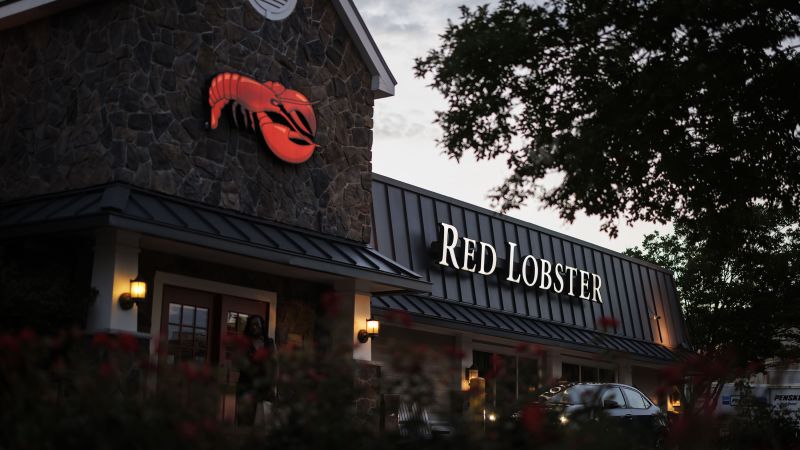Red Lobster has announced plans to close an additional 23 locations as part of its ongoing bankruptcy proceedings. This follows the closure of more than 100 restaurants earlier this summer, leaving the chain with around 500 outlets, significantly fewer than the 650 it had just last year. The company has been struggling with mismanagement, competition, inflation, and other factors that have led to its decline in the restaurant industry.
The seafood restaurant chain is currently in the process of selling itself to Fortress Credit Corp., a lender experienced in restaurant management. The firm has provided Red Lobster with a $100 million loan to help it stay afloat during this time. Under Thai Union’s leadership, Red Lobster’s culture reportedly turned toxic, with strategies such as making $20 endless shrimp a permanent menu item leading to losses of $11 million for the chain. Thai Union, a global seafood supplier, became Red Lobster’s leading shareholder in 2020 before filing for bankruptcy in May.
The latest list of restaurant leases identified for closure includes locations in states such as Arizona, California, Colorado, Florida, Georgia, Illinois, Indiana, Minnesota, Missouri, New York, North Carolina, Ohio, South Carolina, and Virginia. The company has identified these locations as ones that are likely to continue driving losses and are not needed for the company to operate going forward. Red Lobster is expected to reject these leases by Saturday, August 31.
Red Lobster’s decision to close these additional locations comes as part of its efforts to streamline operations and focus on the outlets that are more profitable. The restaurant chain has faced challenges in recent years due to changing consumer preferences, increased competition, rising costs, and the impact of the COVID-19 pandemic. By closing underperforming locations and restructuring its business, Red Lobster aims to position itself for long-term success and sustainability in the industry.
As Red Lobster continues with its bankruptcy proceedings and the sale to Fortress Credit Corp., the focus remains on stabilizing the business and ensuring its long-term viability. The seafood chain’s restructuring efforts, including the closure of unprofitable locations, are part of a broader strategy to revitalize the brand and adapt to the changing landscape of the restaurant industry. With the support of its new lender and a renewed focus on operational efficiency, Red Lobster aims to emerge from bankruptcy stronger and more competitive in the market.


